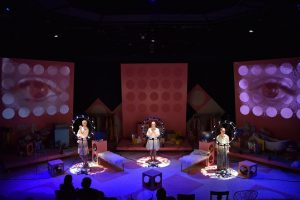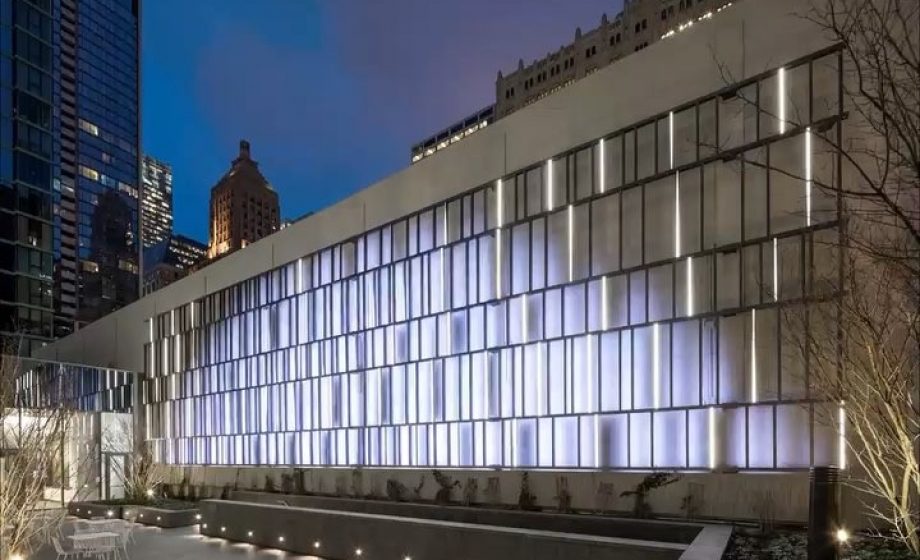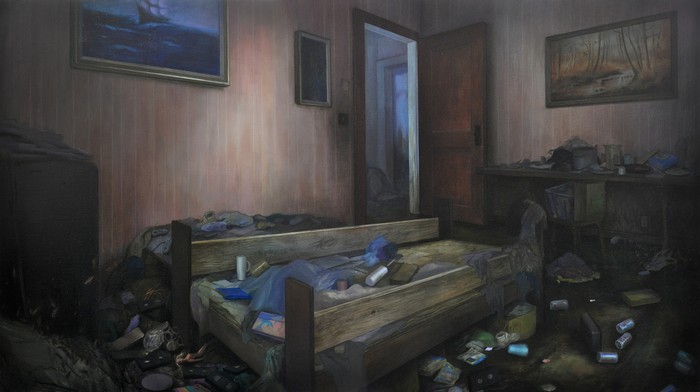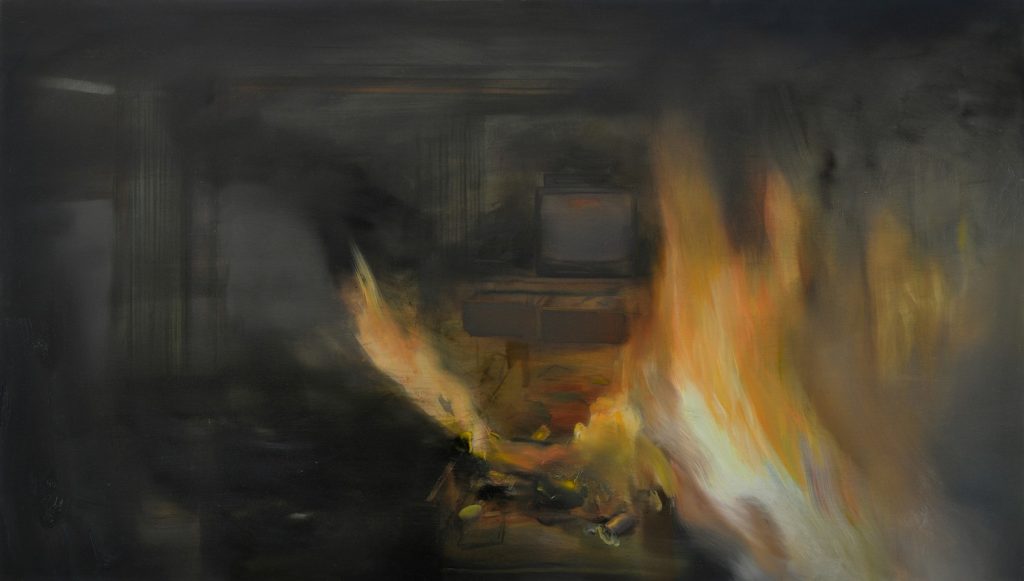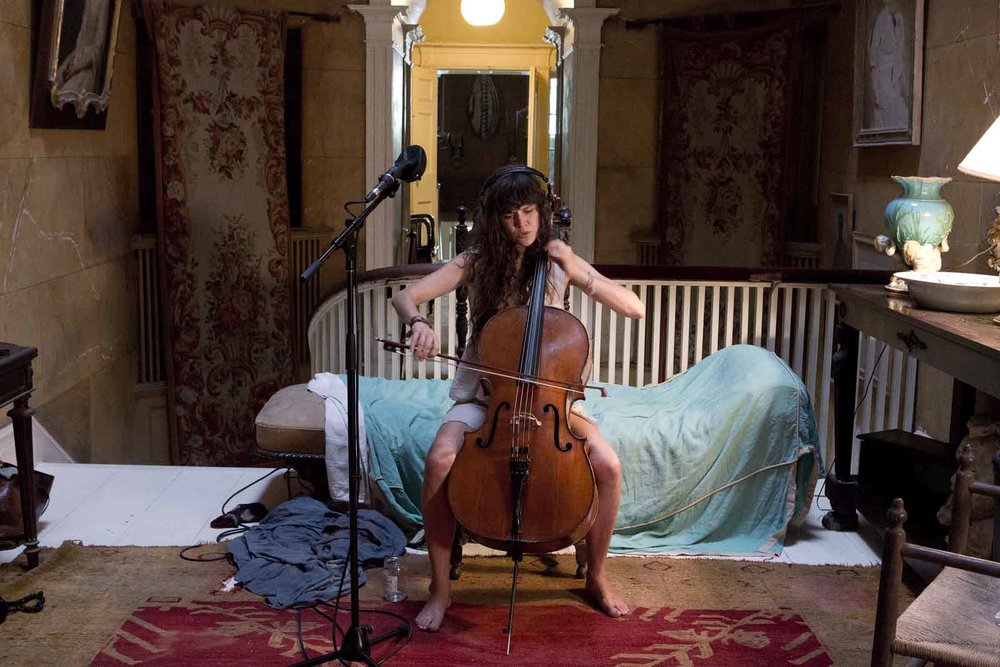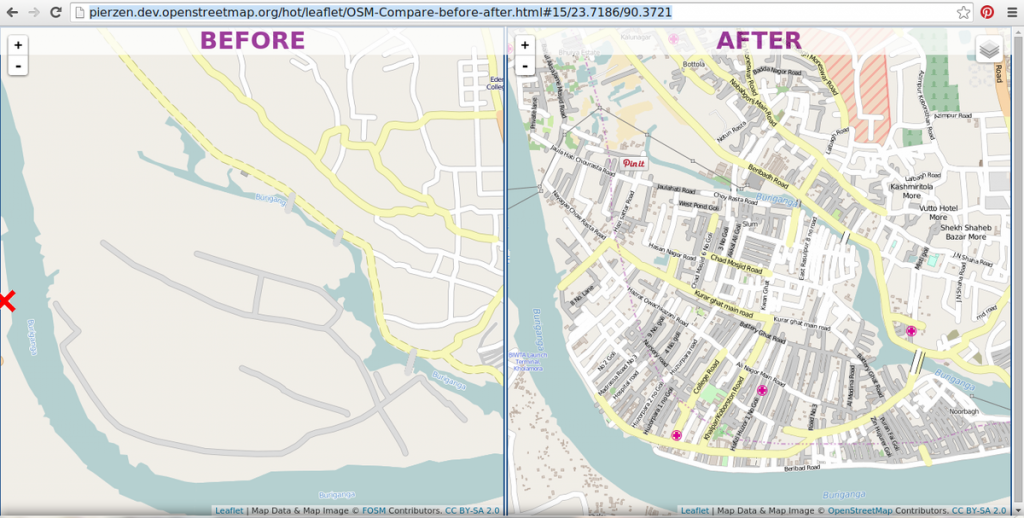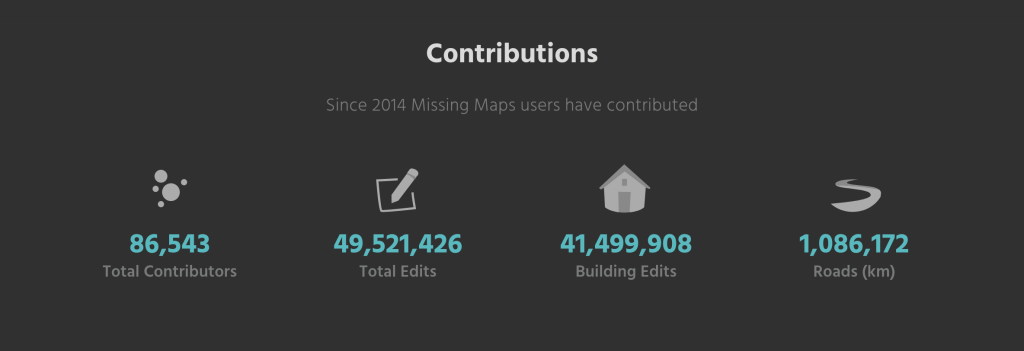
Many hip-hop artists have been attempting to emphasize the importance of aesthetics to promote their music. As such, qualities of album covers, concert posters, and music videos have been improving. One piece of such artwork that I have been heavily inspired by is the music video of “Yamborghini High” by ASAP Rocky.
The music video is characterized by extensive datamoshing that goes in sync with various auditory components of the song. I enjoyed this video because of the skillful use of digital tools used to bring out pre-existing colors such as coloring the sky pink to match the pink lamborghinis featured in the video. Furthermore, I liked the synergy drawn from the combination of both music and visual art. The use of aggressive datamoshing at highlights of the song such as the beat dropping or the chorus was groundbreaking.
Overall, I enjoyed this project for its visual creativity and contributing to the future of convergence between music and visual art.
The video was directed by Shomi Patwary with the help of Robert Simmons (Compositer, colorist, and main visual effects artists), and Unkle Luc (Graphics Artist). They mainly utilized Adobe After Effects, Mocha Pro, and Boujou. Shomi stated that his old digital novel, “Alfa Arkiv” inspired use of visual tools in the video.
Link: https://airship.nyc/projects/yambo.html
![[OLD FALL 2019] 15-104 • Introduction to Computing for Creative Practice](../../../../wp-content/uploads/2020/08/stop-banner.png)
